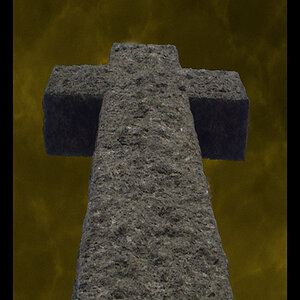RegRoy
TPF Noob!
- Joined
- Jul 3, 2010
- Messages
- 74
- Reaction score
- 0
- Can others edit my Photos
- Photos NOT OK to edit
I've read that the sharpest photos that can be taken from a lens are generally two f-stops down from wide open. If this is the case, then why are lenses that have a fixed aperture over the course of the focal length so valuable?
Thanks!
Thanks!


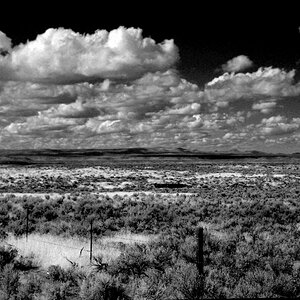
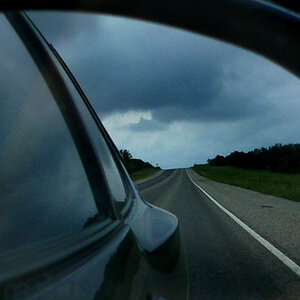
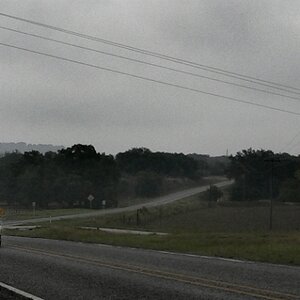
![[No title]](/data/xfmg/thumbnail/38/38735-2245cc1b04db3f96fa74095ae14558a6.jpg?1619738703)

![[No title]](/data/xfmg/thumbnail/41/41756-e54235f9fba04c8380cd991845bb84b1.jpg?1619739881)
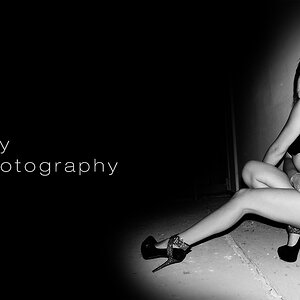


![[No title]](/data/xfmg/thumbnail/39/39509-3c2c5856429b4b8ff3cf44cd3b2afa8c.jpg?1619739064)
![[No title]](/data/xfmg/thumbnail/41/41755-a922f39cc29ff8f6e66a197508bf99f3.jpg?1619739881)
